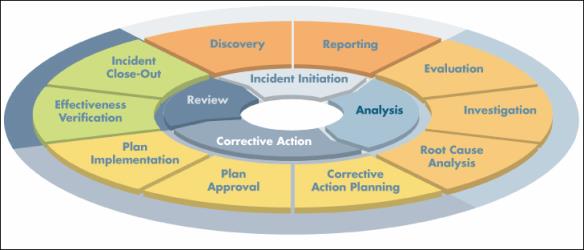What Information Should a FRACAS Capture?
An effective FRACAS captures the following:
• Incident reporting information through which a historical trend database can be created.
• Incident analysis methodology and results that can help to determine the root cause of the problem.
• Documented corrective actions that, when implemented and verified, minimize the recurrence of the failure mode.
• Management decisions and resource allocations to implement corrective actions.
• Failure mode categorization and severity, allowing quantitative expression of reliability, maintainability, availability, and safety parameters.
Thus, a FRACAS provides the mechanism for the documentation of incidents (failures, anomalies, and faults) and controls the access to this data in a closed-loop fashion. The timely dissemination of accurate and significant incident information is necessary so that effective corrective actions can be identified, implemented, and verified as quickly as possible to avoid negative impact such as additional costs, schedule delays, safety-related events, and declining customer satisfaction, due to recurrences.
